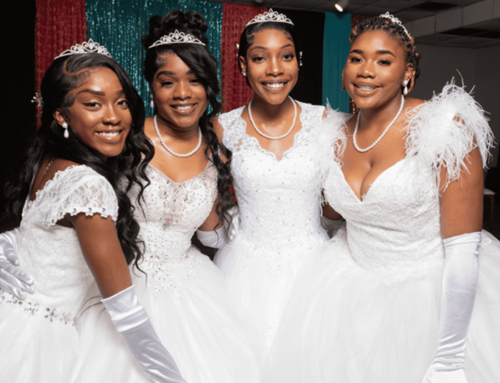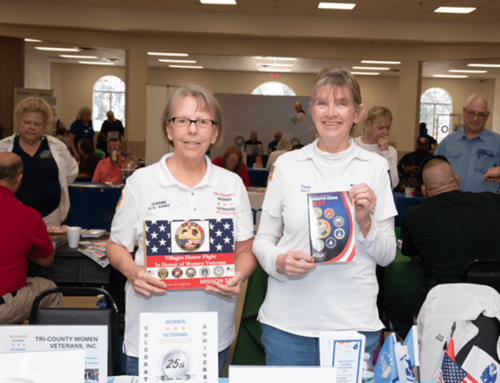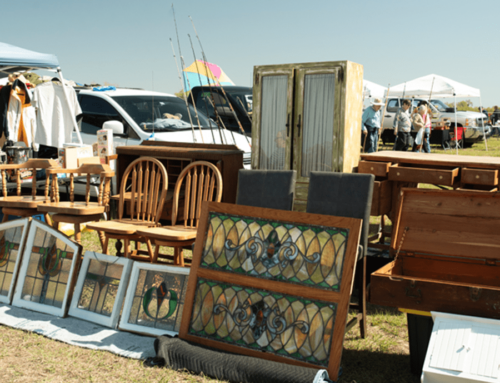By Akers Editorial
Papua New Guinea: Cruising for cannibals
It was an early spring day in 2011 when my traveling companion, Cliff, contacted me about making plans for our next trip abroad.
After poring over multiple magazine articles and travel publications, I came across a video published by “National Geographic” entitled, “Eating with Cannibals.” In this documentary, Piers Gibbon ventured deep into the rainforests of Papua New Guinea in search of the Biami Tribe. His mission was to obtain information about clan members who ate human flesh.
Shortly thereafter, we made reservations to fly to the Oceanian country in the South Pacific between Australia and Indonesia.
The most recently noted case of cannibalism on the island occurred in the 1970s, the practice was part of a traditional culture in which human flesh was referred to as “long pig.” Cult members ate brains raw and made soup out of the penises of victims who practiced “Saguma,” or sorcery.
What we found when we landed in Port Moseby was one of the most culturally diverse countries in the world. With approximately 6.3 million inhabitants, there are an estimated 848 traditional societies speaking as many different languages. As this island has very little infrastructure, we flew to each of our destinations by small, private planes and landed in fields with no runways.
Our first stop was to see the Hela people in the province of Tari in the southern highlands. Here we encountered men with headdresses made from feathers of pigeons, birds of paradise, parrots and other exotic birds. The Huli men did a spirit dance in the Wabia Village. We discovered their descendants had lived in this region for a thousand years, but weren’t discovered by Europeans until 1935 during the Strickland-Purari patrol, conducted by Jack Hides and James O’Malley.
We then entered the Women’s Village in Lirako. We encountered a woman transporting her baby with an attachment on her head. We came across three women, one with her face painted white signifying she was mourning the death of her husband. It turns out that during the past decade on the island, hundreds of men, women and children accused of witchcraft or sorcery were tortured publicly and murdered, leaving loved ones behind. Such was the case with this woman.
One of my favorite stops was at Poroipa Akau, or the Wig School. The Huli comprise the largest ethnic group in the Highlands, numbering between 300,000 to 400,000 people. The men wear decorative, woven wigs adorned with bundles of multicolored feathers during celebratory festivals called “sing-sings.”
The wigs are made by a clan known as the Huli Wigmen and are produced at a Wig School isolated from the rest of the community. We met the Wig School Master, who was wearing a finished wig in all of its regalia. He took us to see the group of students living at the school for 18 months while growing their hair. These men slept sideways with their necks on a log, so their hair remained undisturbed while it grew. When it reaches the proper length, it is shaved off so a wig can be woven with it.
We completed our tour of Tari with a trip to the Horo Village, where we met the “Big Man.” He was the village elder, draped in a beautiful, purple sari. He was in the process of making a fire by rubbing two pieces of string together. He then lit his pipe, a sight clearly worth photographing.
The next day, we took off in a six-seat, single-engine plane and headed to Karawari. As I gripped the sides of my seat with all my strength and held my breath, the pilot cleared a mountain peak and quickly descended into a valley. Quite by design, the plane landed in a field and came to a halt after ascending the side of a hill. This ride certainly was not for the faint of heart!
We loaded our luggage onto a shuttle boat and headed down the Karawari River, making stops at little villages along the way. Our first encounter was with a mother and son in the process of chopping up a sago palm as to extract pulp. A group of women then mixed boiling water with the extract to make a pudding to which they added vegetables. This is a staple of the diet of these families; they eat it twice daily.
Down the river, we came to the Tanganimbit Village, where the Konbrop Tribe resides. We enjoyed watching native warriors doing a victory dance in the Spirit House; they successfully had protected their turf from an onslaught by aggressors from a village several miles away.
Some of what we saw was shocking. Seeing a 17-year-old boy who received burns on his back and chest during an initiation ceremony that was a rite of passage left an indelible memory.
Time was up. Cliff and I took the long plane ride home with a deeper appreciation for creature comforts like refrigeration, electric lighting and automobiles. We didn’t see any cannibals on this trip, and I have to admit, I was happy I didn’t end up as an entrée for a tribesman.
Click here to see more of Dr. Mark’s photos of Papua New Guinea.
PHOTOS: Dr. Mark Rothschild









































